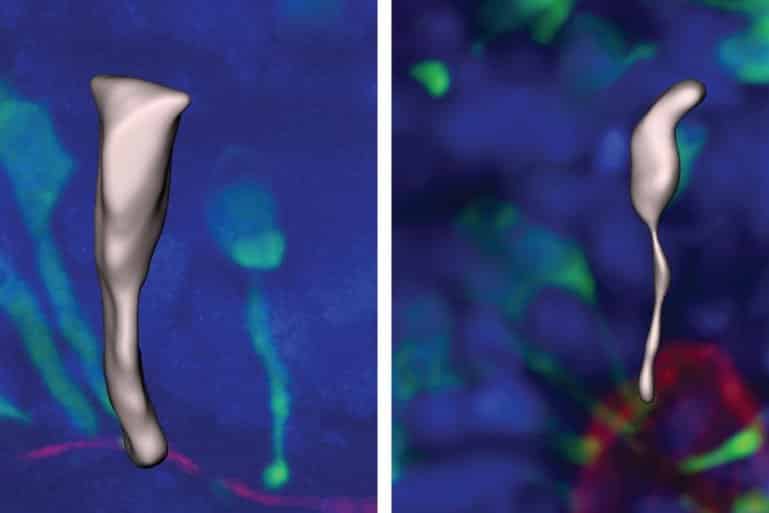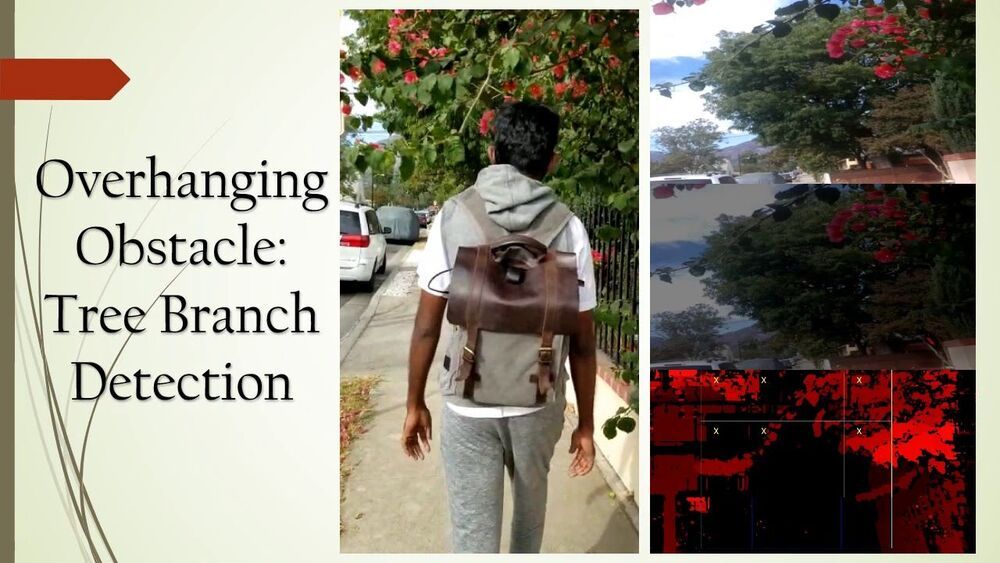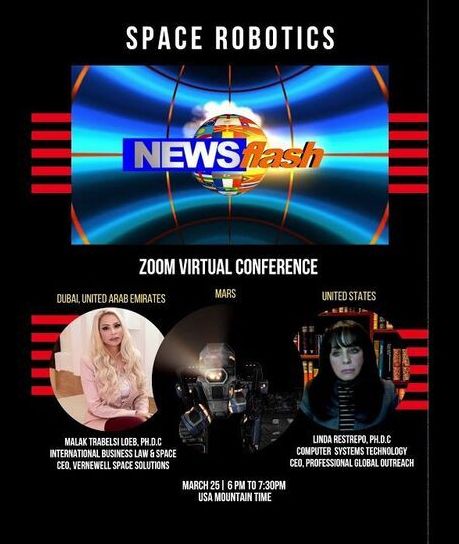An agricultural pest may owe part of its success to a plant detox gene it acquired long ago that lets the insect neutralize common defenses.
Your Survival Depends On All Of Us — Support Open Sourcing Collective Superintelligence Basically, the point of the summit is Artificial Superintelligence or ASI is coming eventually. There are groups of organizations discussing the existential risk that ASI poses to humanity. Even if we only develop an AGI, AGI will still create ASI and we lose control at some point. Supporting the Open Sourcing of Collective Superintelligent systems is our only hope for keeping up and moves us forward before other technologies outpace our ability to keep up. Please support our Summit and help decide how to open source a version of the mASI (mediated Artificial Superintelligence) system, and the creation of a community-driven effort to make these systems better and better. Attendance helps to raise enough money to cover the costs of support services, cloud infrastructure, and the digital resources needed to get this open-source project up, covering publishing and support costs, while also making people aware of it. Papers and formal thinking also are really needed. This particular field of collective intelligence is poorly represented in terms of scientific papers and we hope this project can bring more prominence to this possibility of helping humanity become more than what we are and strong enough to contain AGI while we ourselves are able to become smarter and move to full digitization of humanity for those that want it. Then we can contain ASI safely and embrace the singularity. Please help, save yourself and humanity by support the Collective Superintelligence Conference. Sign up and attend here:
This is the early bird sign-up for the virtual summit held June 4th from 6 am PST to 4 pm PST via Zoom and Youtube. Speakers and Panelists, and workshops will be held in Zoom, and streaming will be done via Youtube.
Who is Running the Summit:
This summit is run in conjunction with BICA (Biologically Inspired Cognitive Architecture) Society and the AGI Laboratory, and The Foundation.
HENDERSON, Nev.—(BUSINESS WIRE)—Artificial Intelligence Technology Solutions, Inc. (OTCPK: AITX), today announced that its wholly-owned subsidiary Robotic Assistance Devices (RAD) has entered into an agreement with EAGL Technology, Inc. to offer EAGL’s Gunshot Detection System (GDS) in all present and foreseeable future RAD devices.
“We have been receiving repeated requests that gunshot detection capabilities be built into RAD devices from industries as varied as transit operators, retail property managers, and law enforcement. Integrating EAGL’s technology into RAD’s autonomous response solutions should be well received by all of the markets we serve” Tweet this
EAGL Technology was established in 2015 after acquiring gunshot ballistic science developed by the Department of Energy (DOE) Pacific Northwest National Laboratory (PNNL). EAGL has advanced this technology by creating a state-of-the-art security system. The EAGL product offering utilizes the company’s patented FireFly® Ballistic Sensor technology which RAD will offer, as an integrated option, on all mobile and stationary security solutions. EAGL clients include Honeywell, Johnson Controls, Siemens and many more.
A one-way ticket (including a cliffside condo!) starts at $300000.
An architecture firm has released ambitious plans for Nüwa, a sustainable city on Mars that could hold up to 250000 people in mostly underground cave systems.
Nüwa, named for the Chinese mythological goddess who melted five stones to give robust societal pillars, would be housed inside a sheer rock face where residents would be protected from damaging cosmic and solar radiation.
If you decide to move to Mars, your $300000 ticket will include a one-way trip to Nüwa, a residential unit of 25 to 35 square meters, full access to facilities, life support services and food, and “a binding work contract to devote between 60 [percent] and 80 [percent] of [your] work time to tasks assigned by the city,” according to ABIBOO, the architecture studio behind the concept.
The scientists used interviews to convince some study subjects they had undergone childhood events that didn’t happen to them, such as getting lost or being in a car accident, according to a report published Monday in the scientific journal Proceedings of the National Academy of Sciences.
Then the researchers said they used other interview techniques that prompted the volunteers to reassess the memories and help realize they might be false or misremembered.
The work confirms previous research on the malleability of memories while pointing to potential techniques for recognizing and rooting them out.
Summary: Using brain organoid models, researchers have identified how the brain grows much larger and has three times as many neurons, as the brains of chimpanzees and gorillas.
Source: UK Research and Innovation.
A new study is the first to identify how human brains grow much larger, with three times as many neurons, compared with chimpanzee and gorilla brains. The study, led by researchers at the Medical Research Council (MRC) Laboratory of Molecular Biology in Cambridge, UK, identified a key molecular switch that can make ape brain organoids grow more like human organoids, and vice versa.
Antiaging expert Aubrey de Grey says there is a 50% chance that we reach longevity escape velocity by 2035.
I now think there is a 50% chance that we will reach longevity escape velocity by 2036. After that point (the “Methuselarity”), those who regularly receive the latest rejuvenation therapies will never suffer from age-related ill-health at any age.
— Aubrey de Grey (@aubreydegrey) March 142021
Using artificial intelligence, this backpack leverages a set of cameras and open-source software to aid the visually impaired.
We invite you to join us for our talk with International Business Law & Space CEO Malak Trabelsi and Everette Philips.
Great new episode with NASA cosmologist Jason Rhodes who discusses everything from the earliest galaxy surveys to dark matter and the cosmic web.
Jason Rhodes, a cosmologist at NASA’s Jet Propulsion Laboratory in Pasadena, and the JPL Roman Space Telescope Project Scientist, discusses a proposed galaxy survey to end all galaxy surveys. One that would wring as much information out of our universe’s trillion or so galaxies across cosmic time as humanly possible. Astronomers are still at least half a century off from this final galaxy census, but the hope is that it will give cosmologists most of the answers they need about the makeup and structure of the universe.








